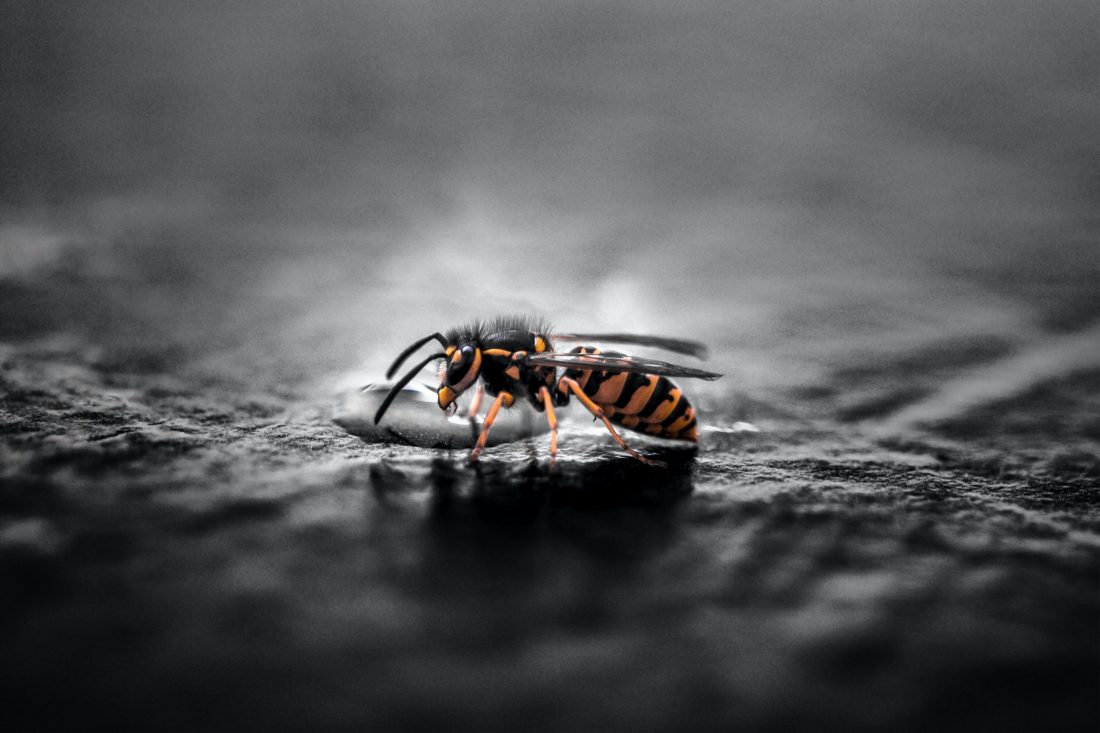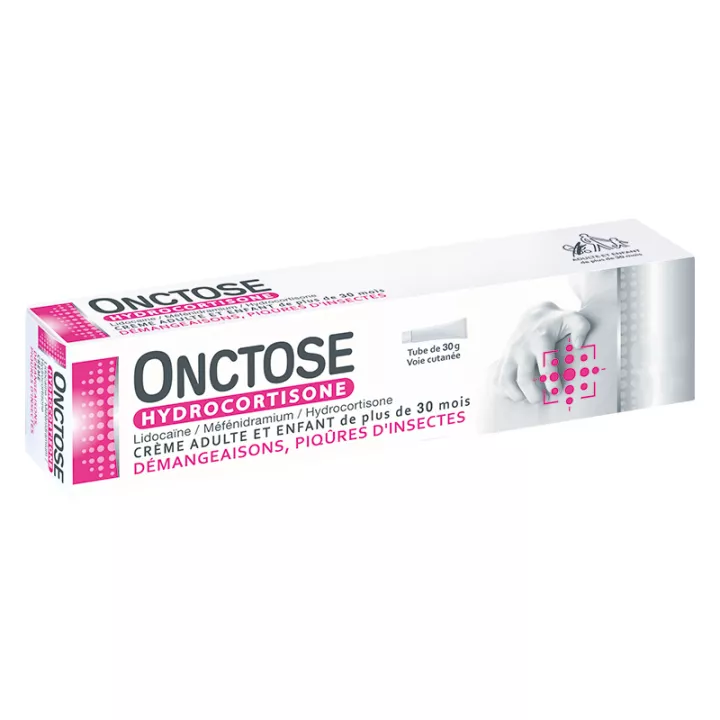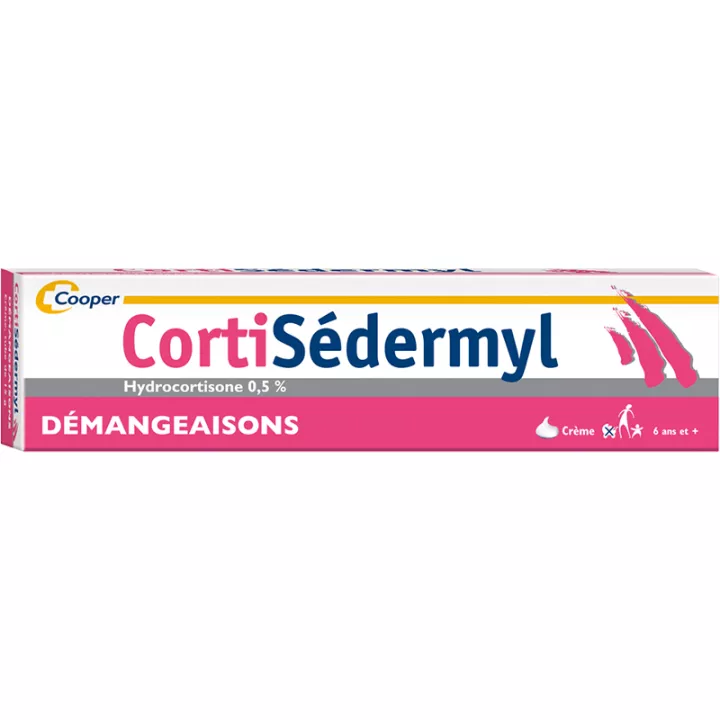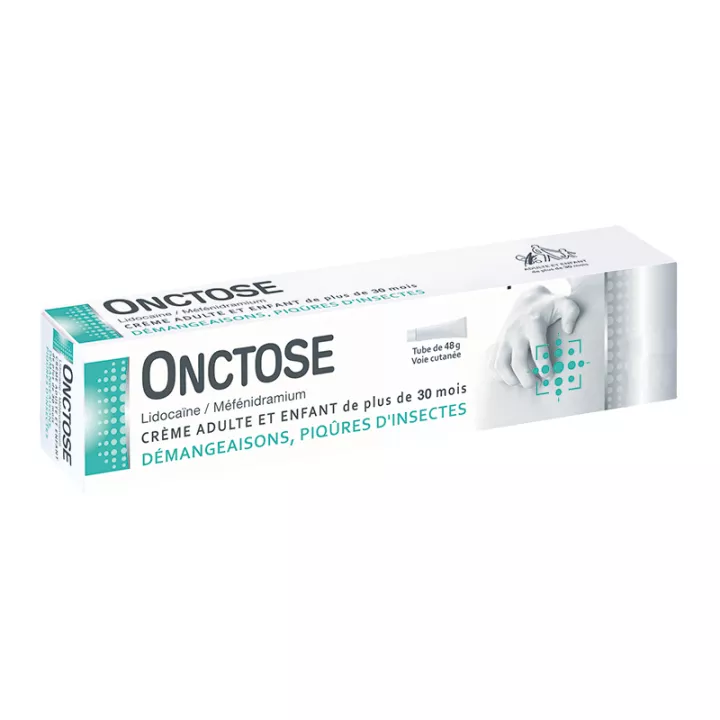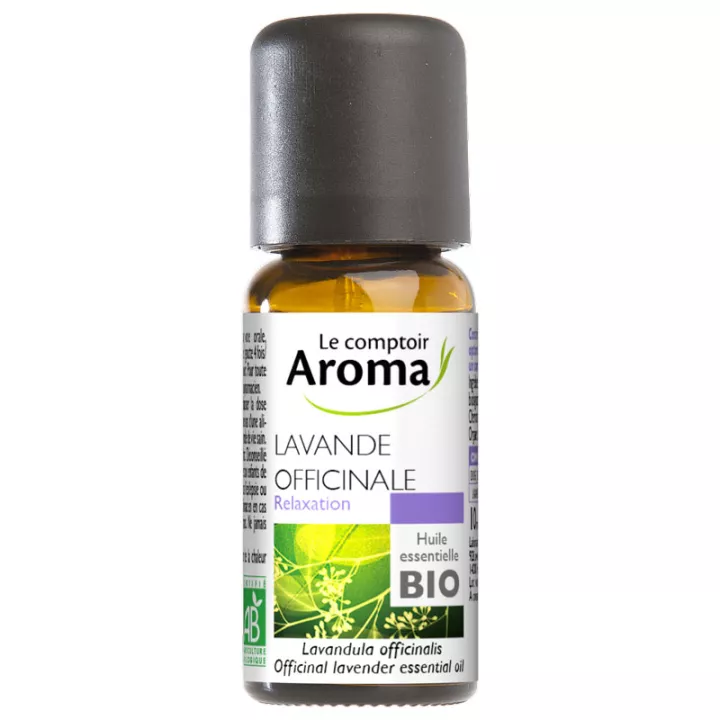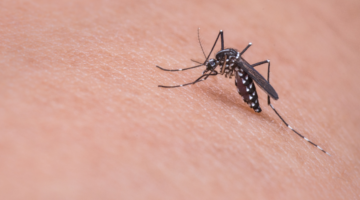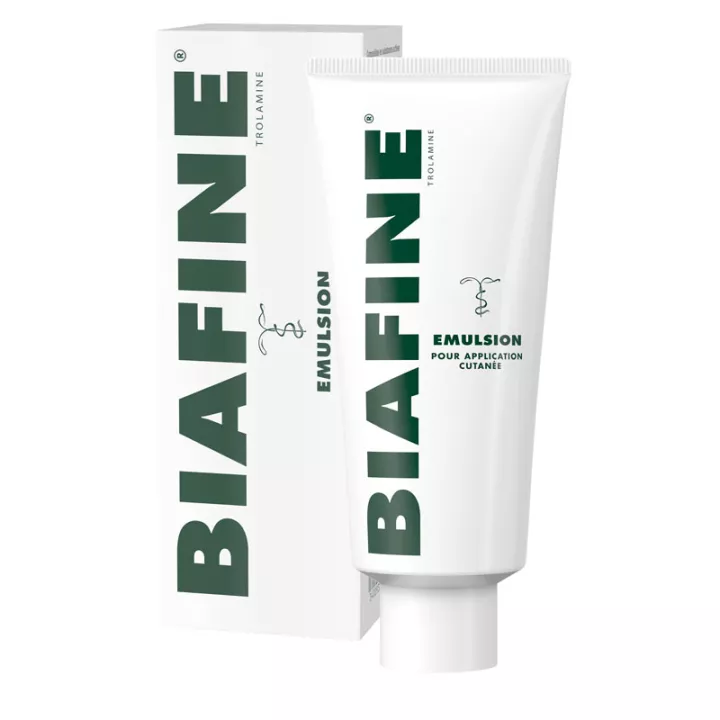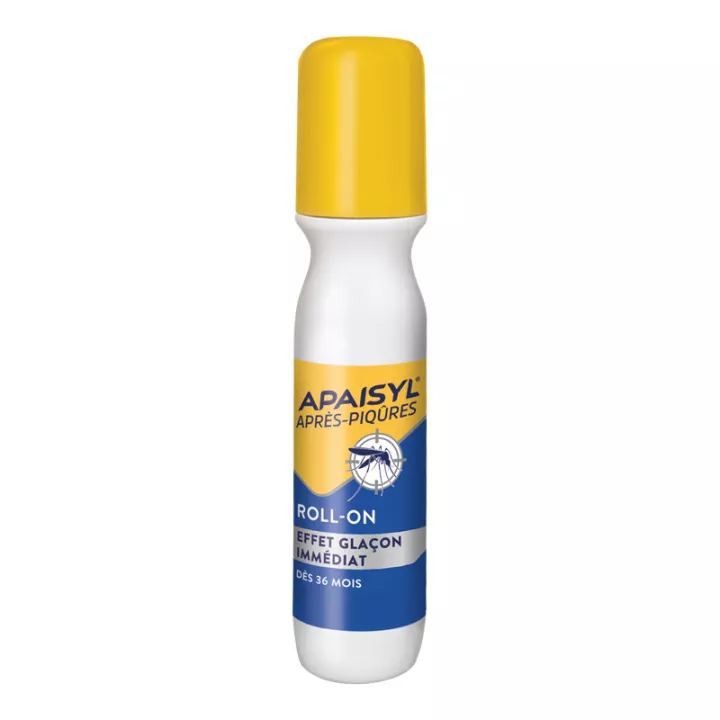NOTICE
ANSM - Last updated: 02/06/2014
Name of the medicinal product
ONCTOSE HYDROCORTISONE, cream
framed
Read this leaflet carefully before you start using this medicine. It contains important information for your treatment.
If you have any further questions, ask your doctor or pharmacist.
· Keep this leaflet, you may need to read it again.
· If you need more information and advice, ask your pharmacist.
· If symptoms worsen or persist, consult a physician.
· If you notice any side effects not listed in this leaflet, or if you experience any of the effects listed as serious, please tell your doctor or pharmacist.
Review summary
In this notice :
1. What is ONCTOSE HYDROCORTISONE, cream and in what cases is it used?
2. What should be known before using ONCTOSE HYDROCORTISONE, cream ?
3. How to use ONCTOSE HYDROCORTISONE, cream?
4. What are the possible side effects?
5. How to keep ONCTOSE HYDROCORTISONE, cream?
6. Additional information.
1. WHAT ONCTOSE HYDROCORTISONE, cream AND IN WHAT CASES IS IT USED?
Pharmacotherapeutic group
CORTICOID OF LOW / ANESTHESIC ACTIVITY FOR TOPICAL USE
(D: Dermatology).
Therapeutic indications
This medication is recommended in case of itching, especially following insect bites.
2. BEFORE YOU USE ONCTOSE HYDROCORTISONE, cream?
List of information needed before taking the medication
Not applicable.
Cons-indications
Do not use ONCTOSE HYDROCORTISONE, cream in the following cases:
· Allergy (hypersensitivity) to local anesthetics, antihistamines or hydrocortisone,
· Wounds, a weeping or ulcerated lesion,
· Acne,
· rosacea,
· Infected skin, whether the origin is bacterial (eg impetigo ... ..), viral (herpes, shingles, varicella), mycotic (due to microscopic fungi) or parasitic.
Precautions for use; special warnings
Take special care with ONCTOSE HYDROCORTISONE, cream:
This medicine contains propylene glycol and may cause skin irritation.
Itching is only a symptom that can have multiple causes requiring the advice of your doctor especially if persistence or aggravation of the disorders.
Do not apply on a large area, under occlusive dressing, to injured skin, in infants or young children, because of the risk of the active substance passing through the blood.
Do not apply to mucous membranes. Avoid application of the product near the eyes.
In children, the application on the face should be limited, accidental contact with the eyes being possible.
If symptoms persist beyond 3 days of treatment, take the advice of your doctor.
Interaction with other medicines
Taking or using other medicines:
Please tell your doctor or pharmacist if you are taking or have recently taken any other medicines, even medicines obtained without a prescription.
Interactions with food and beverages
Not applicable.
Interactions with Herbal Medicines or Alternative Therapies
Not applicable.
Use during pregnancy and lactation
Pregnancy
No teratogenicity studies were performed with local corticosteroids.
Nevertheless, studies of oral corticosteroids did not demonstrate a higher risk of malformations than in the general population.
As a result, this medication can be used during pregnancy if needed.
Ask your doctor or pharmacist for advice before taking any medicine.
feeding
Do not apply on the breasts during breastfeeding, because of the risk of ingestion of the product by the newborn.
Ask your doctor or pharmacist for advice before taking any medicine.
Sport
The attention of athletes is drawn to the fact that this specialty contains an active ingredient which can induce a positive reaction of the tests performed during doping controls.
Effects on ability to drive or use machines
Not applicable.
List of excipients with known effect
Important information about some of the ingredients of ONCTOSE HYDROCORTISONE, cream:
This medicine contains propylene glycol.
3. HOW TO USE ONCTOSE HYDROCORTISONE, cream?
Instructions for proper use
Not applicable.
Dosage, Mode and / or route (s) of administration, Frequency of administration and Duration of treatment
Dosage
1 application 2 to 3 times a day.
Wash hands thoroughly after use.
Administration mode
Dermal.
Duration of treatment
Persistence of symptoms beyond 3 days requires medical advice.
Symptoms and Instructions for Overdose
Not applicable.
Instructions for omission of one or more doses
Not applicable.
Risk of withdrawal syndrome
Not applicable.
4. WHAT ARE POSSIBLE SIDE EFFECTS?
Description of adverse reactions
Like all medicines, ONCTOSE HYDROCORTISONE, cream is likely to have unwanted effects, although not everyone is subject to it:
· Allergy (hypersensitivity) to lidocaine or any of the other ingredients mentioned in "Additional Information";
· Thinning of the skin, dilation of small blood vessels, stretch marks, acne breakouts, redness and irritation around the mouth;
· Delayed wound healing, skin discoloration disorder, secondary infection especially during prolonged treatment, under occlusive dressing or in folds;
· Mydriase when applied near the eyes, especially in children. This accident is spontaneously resolved in less than 24 hours.
Declaration of side effects
If you experience any side effects, talk to your doctor or pharmacist. This also applies to any side effects not mentioned in this leaflet. You can also report adverse reactions directly through the national reporting system : National Agency for the Safety of Medicines and Health Products (Ansm) and network of Regional Centers of Pharmacovigilance. Website: www.ansm.sante.fr . By reporting adverse reactions, you are helping to provide more information about the safety of the drug.
5. HOW TO STORE ONCTOSE HYDROCORTISONE, cream?
Keep this medicine out of the reach and sight of children.
Expiration date
Do not use after the expiry date stated on the outer packaging.
Storage conditions
Store at a temperature not exceeding 25 ° C.
If necessary, warnings against visible signs of deterioration
Medicines should not be disposed of via wastewater or household waste. Ask your pharmacist what to do with unused medications. These measures will help protect the environment.
6. ADDITIONAL INFORMATION
Full list of active substances and excipients
What does ONCTOSE HYDROCORTISONE contain, cream?
The active substance is :
Hydrocortisone acetate .............................................. .................................................. ................. 0.250 g
Lidocaine Hydrochloride ............................................... .................................................. ............... 1,000 g
Mefenidramium methylsulfate ............................................... .................................................. ..... 2,000 g
For 100 g of cream.
The other components are :
Non-ionic emulsifiable wax to cetomacrogol 1000, diethylene glycol stearate, propylene glycol, purified water.
Pharmaceutical form and content
What is ONCTOSE HYDROCORTISONE cream and contents of the pack?
This medication is in the form of a cream in 30 g tube.
Name and address of the marketing authorization holder and the holder of the manufacturing authorization responsible for the release of the lots, if different
Holder
MERCK MEDICATION FAMILIALE SAS
37 RUE SAINT-ROMAIN
69379 LYON CEDEX 08
exploiting
MERCK MEDICATION FAMILIALE
18 C BOULEVARD WINSTON CHURCHILL
21000 DIJON
Maker
FAMAR ORLEANS
5 AVENUE DE CONCYR
45071 ORLEANS CEDEX 2
or
FAMAR LYON
29, AVENUE DU GENERAL DE GAULLE
69230 SAINT-GENIS-LAVAL
Names of the medicinal product in the Member States of the European Economic Area
Not applicable.
Date of approval of the notice
The last date on which this leaflet was approved is {date}.
AMM under exceptional circumstances
Not applicable.
Internet Information
Detailed information on this medicine is available on the Ansm website (France).
Information for health professionals only
Not applicable.
Other
Not applicable.
